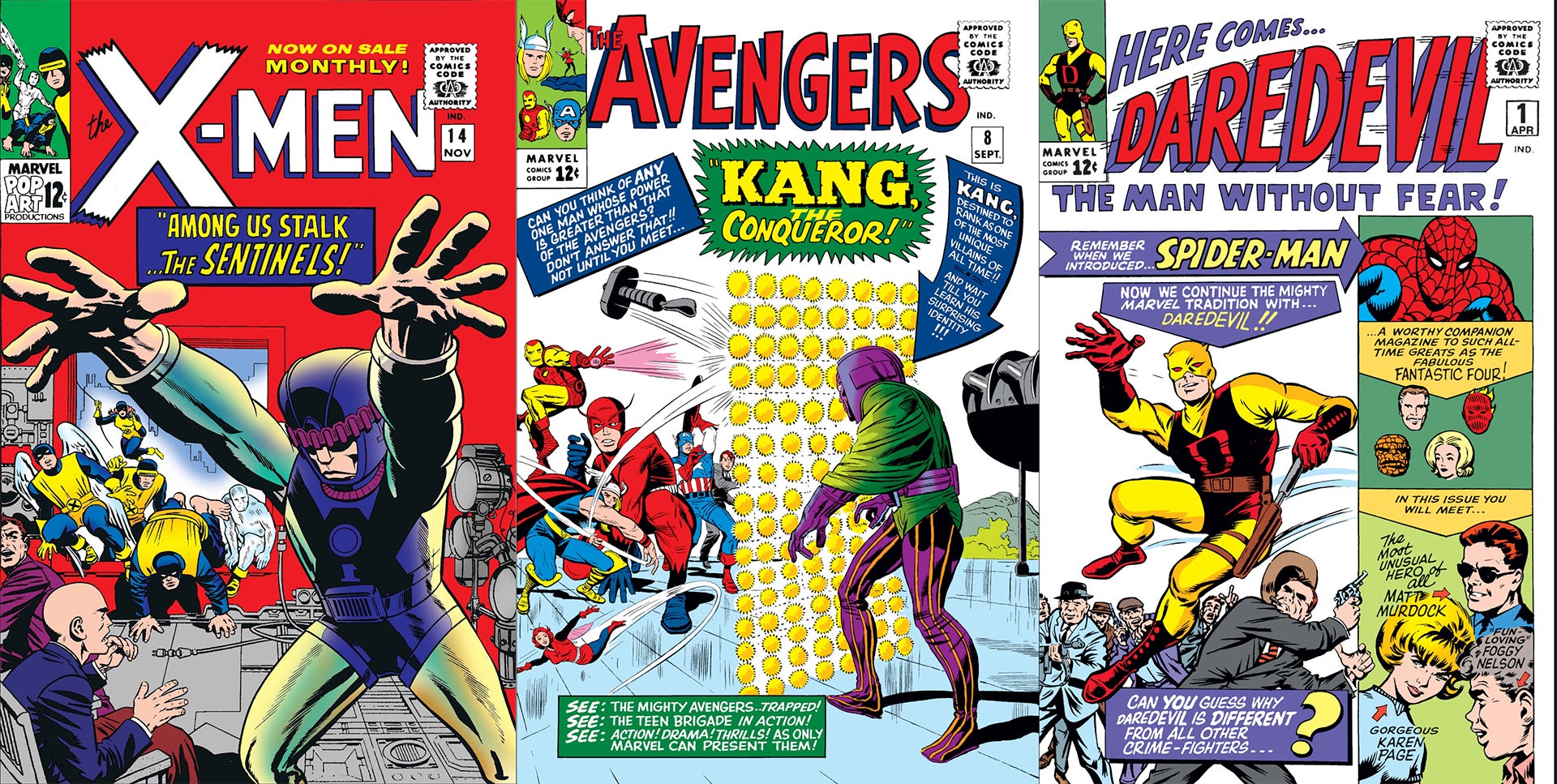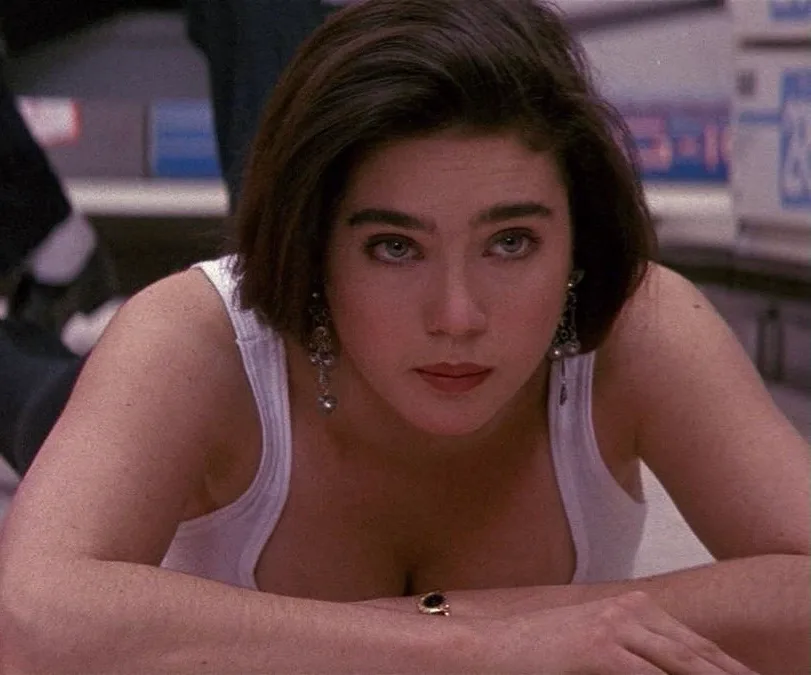Adaptive fashion is revolutionizing the industry by prioritizing inclusivity for people with disabilities. Unlike traditional clothing, adaptive designs incorporate features like magnetic closures, adjustable waistbands, and easy-access openings to accommodate diverse mobility and sensory needs. Brands like Tommy Hilfiger and Target have led the charge, offering stylish yet functional pieces backed by expertise from designers who collaborate with disability advocates. This shift reflects a growing recognition that fashion should empower everyone, not just the able-bodied, blending practicality with aesthetics seamlessly.
The expertise behind adaptive fashion stems from a deep understanding of its audience. Designers often work with occupational therapists and individuals with lived experiences to ensure garments meet real-world demands. For instance, Nike’s FlyEase technology, developed with input from athletes with disabilities, showcases how innovation can enhance accessibility without sacrificing style. Authoritative voices in the field, such as the Open Style Lab, further legitimize this movement by training professionals to rethink design norms, proving that inclusivity is both achievable and profitable.
Trust in adaptive fashion grows as consumers see tangible benefits. Shoppers report increased confidence and independence when wearing clothes tailored to their needs, supported by testimonials on platforms like X. Unlike fast fashion’s fleeting trends, adaptive fashion builds loyalty through durability and purpose. As demand rises—projected to hit $400 billion by 2026, per Coherent Market Insights—this niche is no longer a sideline but a vital evolution, urging the industry to embrace universal design as a standard, not an exception.







